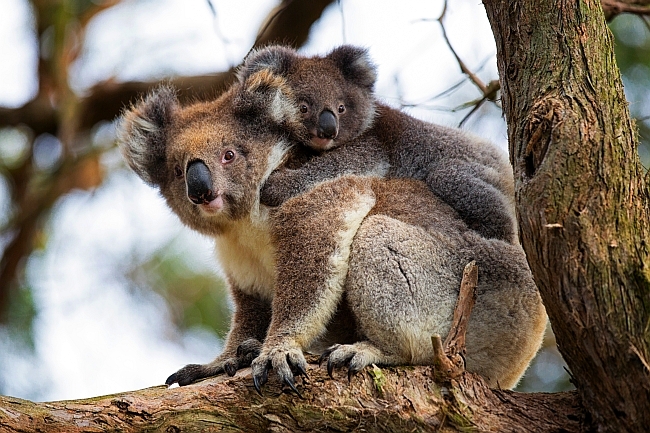
Maybe your mother always told you not to believe everything you hear. Certainly in the animal kingdom, there is a wealth of imaginary ideas akin to unicorns existing and pigs being able to fly. However, from time to time, there may actually be a myth that people write off in their minds without realizing they are actually true! Here are a handful of examples:
Bizarre Yet True Animal Facts
Dogs can detect storms & cancer, and they can smell fear. Each of these sound too good to be true, but they actually are! Because of subtle tremors, noises that aren’t audible to human ears, and changes in air pressure, dogs can predict a storm before it arrives. The change in scent that human pheromones emit when they are happy verses when they are afraid cue canines about their owner’s emotions, meaning dogs can detect the scent associated with fear. Finally, several dogs in the UK have been successfully trained as medical detection dogs, who are able to identify cancer by recognizing specific odors linked to the disease. One developing lab boasts of dogs with around 500 successful early diagnoses of cancer in patients.
Dog licks heal wounds. It might sound counterintuitive to believe that the same mouth that licks fecal matter, or will eat the nastiest scraps of food could actually help clean a wound. Surprisingly, this is true! While repetitive licking can actually be harmful for a dog or cat (by causing hot spots) or hair loss from the rough scraping of the tongue) the saliva itself contains antibacterial enzymes that do promote healing, and limit bacterial growth.
Crocodiles cry. As the legends go, crocodiles will show “fake tears” to try to lure their prey in sympathy. While this is true, it is less of a motive rather than a physical reflex. Scientists believe that when a crocodile clenches its jaw, liquid oozes from the lacrimal glands. This coupled by the heavy breathing and hissing that accompanies crocodiles in pursuit of their prey, causes the eyes to water.
Koalas have fingerprints like humans. Since all humans can be identified by their fingerprints, it is tough to believe that Koalas have the exact same traits! However, these tree-climbing marsupials actually do possess fissures and markings in their fingertips that are difficult to distinguish from human fingers when prints are made.
Elephants never forget. Surprisingly, that is not just a saying coined by the famous Disney movie The Jungle Book. Elephants have been known to recognize faces of other elephants that they may not have seen for decades. They approach other creatures they have met with openness, while older elephants will stand aloof and defensive when approached by a stranger, knowing that they have never seen them before.
Chickens can alter their gender. This one is only partially true. Females chicken have both an ovary and a non-functional gonad. In some cases, the single ovary can develop a cyst, or the chicken can become ill, causing the ovary to become ineffective and dormant. In these cases, the female chicken would then begin to resemble a rooster, appearing to be male; (however normal male reproducing would not be an option).
An indestructible animal exists (that can survive in both boiling water or freezing climates.) While we are not referring to any animal you might already be familiar with, a living organism called the Tardigrade (also known as the “water bear” or “moss piglet”) is an adorable little micro-animal with 8 chubby legs. They can live without any sustenance for 10 months, surviving in boiling temperatures, or below freezing and still successfully rehydrate and reproduce. These creatures can also live comfortably (entirely unprotected) in outer space, and have been resurrected to life after being dried and motionless for up to 8 years!
Resources:
https://en.wikipedia.org/wiki/Wound_licking
https://en.wikipedia.org/wiki/Tardigrade
http://www.bbc.com/earth/story/20150313-the-toughest-animals-on-earth

